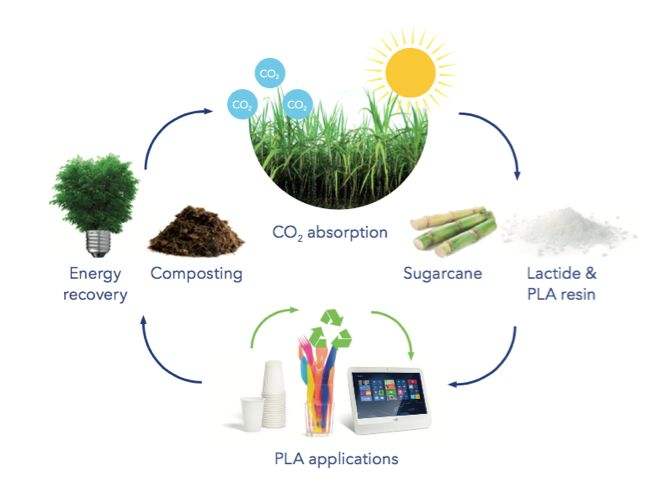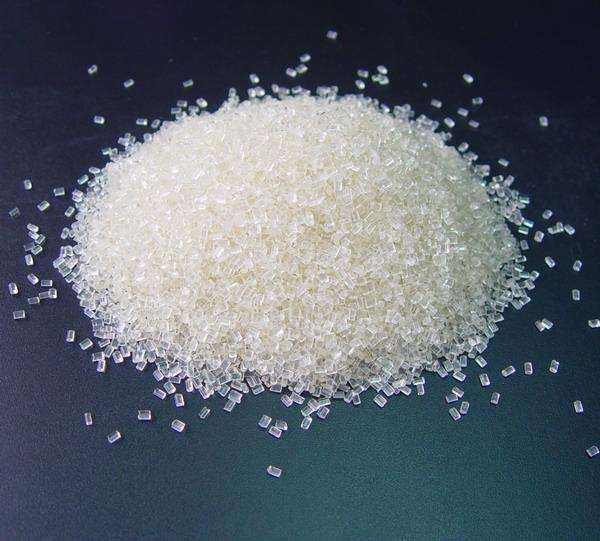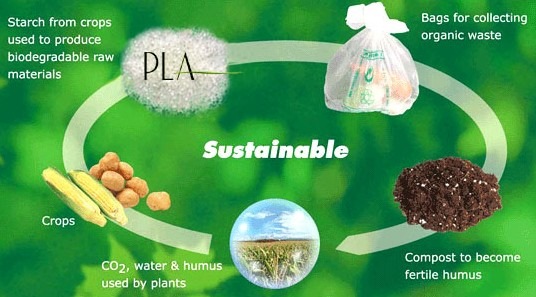About PLA
PLA, also known as polylactide, is a polyester polymerized from lactic acid. Polylactic acid has excellent biodegradability, compatibility and absorption. It is a non-toxic, non-rritating synthetic polymer material. Its raw material is lactic acid, which is mainly derived from fermentation of starch, such as corn and rice. It can also be obtained from cellulose, kitchen garbage or fish waste.
PLA has a wide range of raw materials, and the products made from it can be directly composted or incinerated, which can meet the requirements of sustainable development. The good transparency and certain toughness, biocompatibility and heat resistance of PLA are the main reasons for its widespread application.
In addition, PLA has thermoplasticity and can be applied to many fields, such as packaging materials, fibers, etc.. It is mainly used for disposable articles such as disposable tableware and packaging materials, as well as electrical appliances and medical care.
Compared with traditional petrochemical products, the energy consumption in the production of polylactic acid is only 20% to 50% of petrochemical products, and the carbon dioxide produced is only 50% of petrochemical products. Therefore, the development of polylactic acid degradable materials is necessary to alleviate global environmental and energy problems.
Features ofPLA
1. Biodegradability
Compared with traditional plastics, polylactic acid can be degraded into CO2 and H2O by microorganisms and light. Its degradation products are non-toxic and harmless, and will not pollute the environment. The monomer for producing polylactic acid is lactic acid, which can be fermented by crops such as wheat, rice and sugar beet or agricultural by-products. Therefore, the raw material for producing polylactic acid is renewable. Polylactic acid as an emerging biodegradable material is widely used.
2. Biocompatibility and Absorbability
Polylactic acid can be hydrolyzed by acid or enzyme to form lactic acid in the human body. As a metabolite of cells, lactic acid can be further metabolized by enzymes in the body, to produce CO2 and H2O. Therefore, polylactic acid is non-toxic and harmless to human body, moreover it has good biocompatibility and bioabsorbability. Polylactic acid is certified by the US Food and Drug Administration that can be used as a biomaterial for implantation in humans
3. Physically Machinable
As a thermoplastic polymer material, polylactic acid has good plasticity and physical processing properties, with high melting point and crysallinity, good elasticity and flexibilit, and excellent thermoformability. Polylactic acid materials, like polymer materials such as polypropylene (PP), polystyrene (PS), and polyphenylene ether resin (PPO), can be processing by extrusion, stretching, and injection blow molding.
Post time: Aug-18-2023









